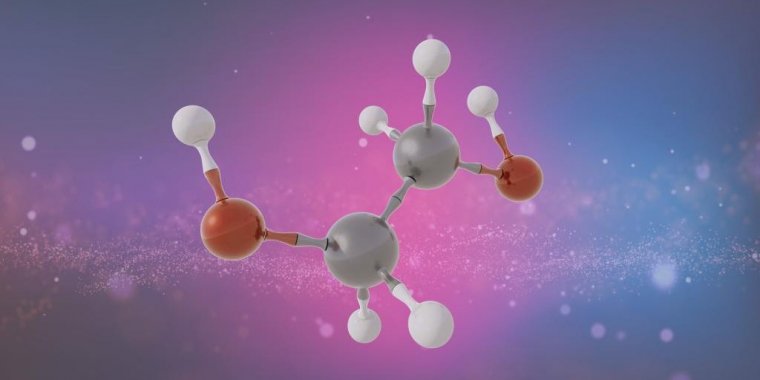| News / Tech News |
Mass spectral imaging could inform how to lessen organic pollutants
Substances called polyethylene glycols, or PEGs, are widely used in industry, medical, cosmetic and personal care products. The problem is, when they enter the environment and build up, they can harm ecosystems and natural resources.

Polyethylene glycols chemicals are widespread, from cosmetics to medicine. But their persistence in the environment poses serious risks. Scientists can detect these pollutants with unprecedented precision, paving the way for better ecological protection. Photo: Adam Malin/ORNL, U.S. Dept. of Energy
Existing approaches to detecting these environmentally unfriendly chemicals — such as chromatography or bulk mass spectrometry — fall short because they lack the necessary sensitivity.
However, new research led by Oak Ridge National Laboratory has demonstrated an effective technique for identifying PEGs in the environment.
Using time-of-flight mass spectrometry, or ToF-SIMS, a sensitive mass imaging technique, the researchers determined the molecular makeup of PEG structures and pinpointed them in cosmetic products for the first time.
This advancement — finding trace manmade polymers and persistent pollutants — is key in formulating monitoring and restoration strategies.
“Our study’s achievement is a stride toward detecting, identifying and monitoring PEGs in the real world because it underscores the applicability of ToF-SIMS in distinguishing organic pollutants within an intricate environmental context,” said ORNL’s Xiao-Ying Yu.
YOU MAY ALSO LIKE





